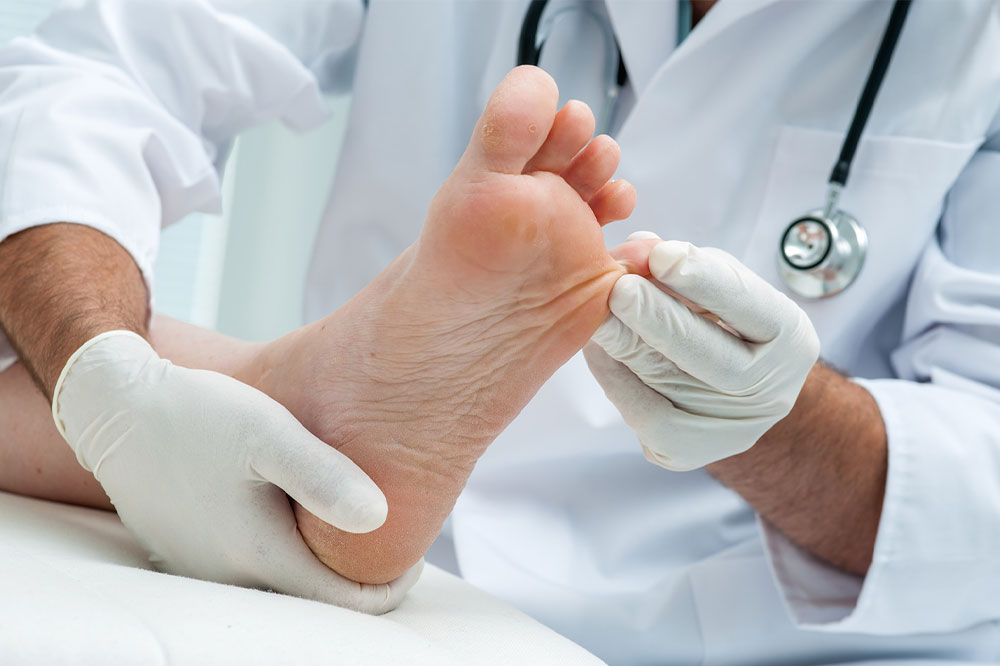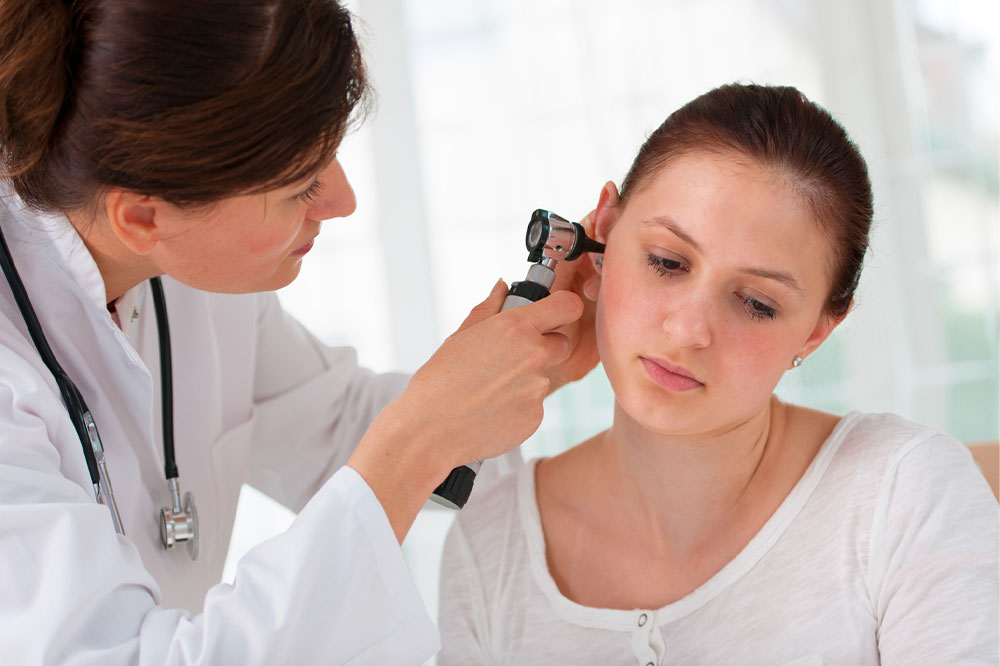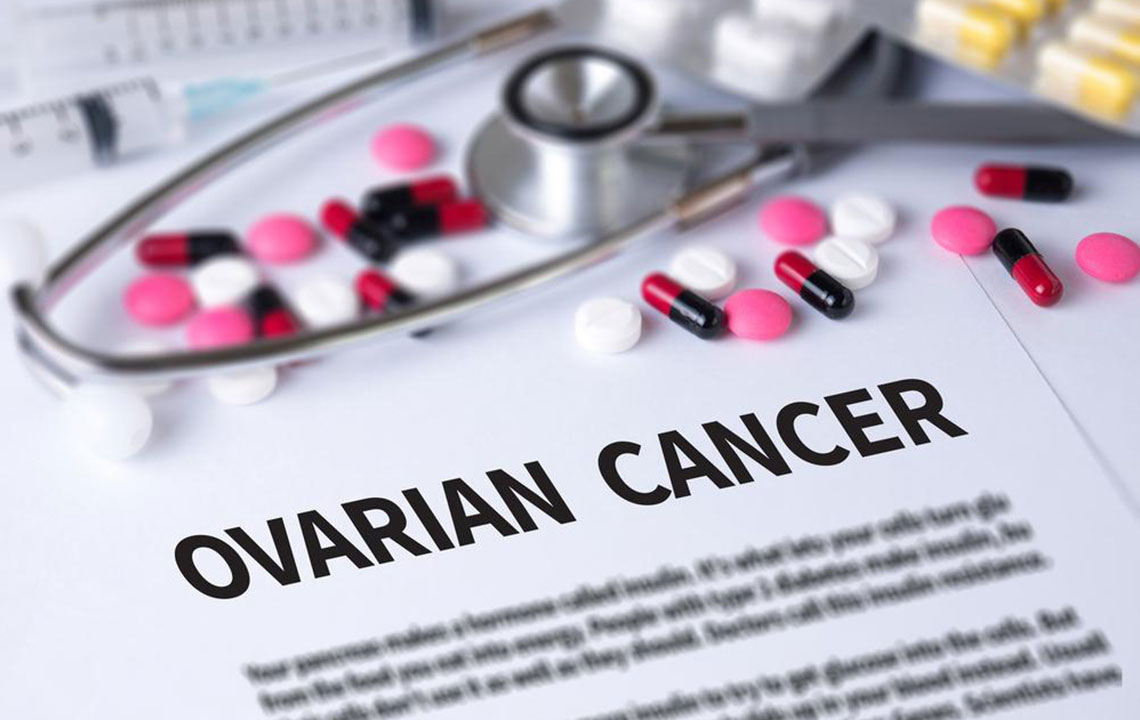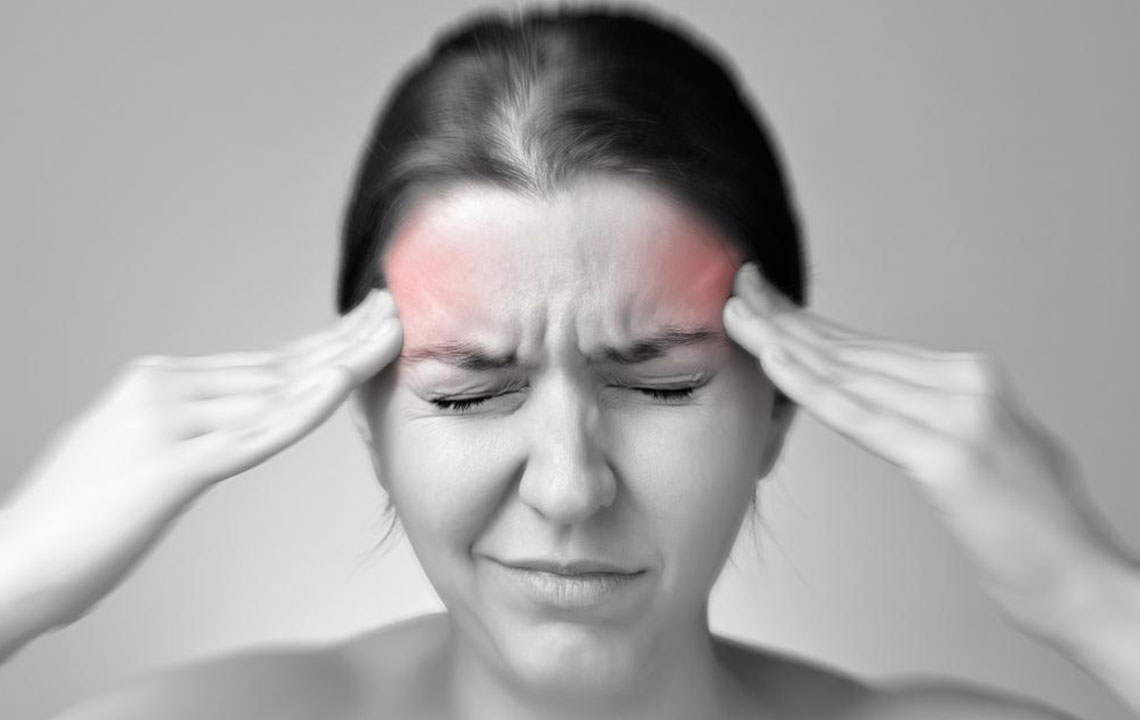Understanding Nail Psoriasis: Signs, Diagnosis, and Effective Treatments
Nail psoriasis affects a small percentage of adults, causing discoloration, pits, and nail detachment. Accurate diagnosis often involves examining nails and assessing severity with NAPSI. Management combines topical treatments, natural remedies, and professional therapies like phototherapy and laser. Maintaining proper nail care and consulting healthcare providers are crucial for effective control. While no cure exists, early intervention and individualized treatment plans can help manage symptoms and improve quality of life.

Understanding Nail Psoriasis: Signs, Diagnosis, and Effective Treatments
Research indicates that over 3% of adults worldwide, about 7.5 million individuals, are affected by psoriasis. Those with psoriatic arthritis are particularly at higher risk of developing nail psoriasis. This autoimmune condition impacts the nails at the growth zone and can lead to both aesthetic concerns and functional difficulties, impacting daily life and self-esteem.
Nail Psoriasis overview
This condition is a non-infectious autoimmune disorder that causes discoloration, pitting, and deformities in nails. The process speeds up the growth of nail cells from the usual one month to just a few days during flare-ups, leading to abnormal nail appearance.
Most people experience slow, full skin renewal in about a month, but nail psoriasis accelerates this process, causing buildup of dead cells and structural changes. Certain factors increase the risk, especially in individuals over 40, those with a family history, or men.
Recognizable signs
Alterations in nail color, texture, or shape can indicate psoriasis. Common symptoms include discoloration, brittleness, and detachment of nails from the nail bed.
Indicators to watch for include:
Color Changes: Nails may turn white, yellow, or brown, with red spots underneath.
Fragile, Crumbling Nails: Nails become thin, break easily, or detach from the skin, often causing discomfort.
Debris Buildup: Chalky or dead skin material may gather under nails, with possible bleeding.
Nail Separation (Onycholysis): Nails may lift or fall off without trauma.
Grooves and Pits: Horizontal ridges or small dents can appear on the nail surface.
Thickening: Nails may thicken and become more prone to fungal infections, leading to further deterioration.
Diagnosis methods Doctors diagnose nail psoriasis through physical examinations, considering family history, and assessing severity via the Nail Psoriasis Severity Index (NAPSI). A higher NAPSI score indicates more severe disease.
Management and home remedies While there's no cure, managing flare-ups involves both medical treatments and home care. Consulting a healthcare provider before trying home remedies helps prevent allergic reactions.
Natural remedies include:
Aloe Vera: Anti-inflammatory gel applied multiple times daily can soothe affected nails.
Dead Sea Salt Baths: Soaking nails in warm water with Dead Sea salt may reduce discomfort and promote healing.
Capsaicin: Extracted from hot peppers, capsaicin can alleviate symptoms but should be used cautiously.
Turmeric: Its anti-inflammatory and antifungal properties may assist in symptom management.
Additional tips involve keeping nails trimmed, moisturizing skin to minimize itchiness, avoiding chemical nail polishes during flare-ups, and protecting nails from trauma.
Treatment options Effective management often combines various therapies tailored to severity. Discussing options with a healthcare professional is recommended.
Topical steroids: Corticosteroid creams, lotions, or nail lacquers applied over 4–6 months can help lessen symptoms.
Prescription medications: Severe cases may require oral medications or liquids prescribed by a doctor.
Phototherapy: UV light therapy using UVA or UVB rays can be effective in reducing nail symptoms.
Laser treatments: Pulsed dye laser (PDL) targeting blood vessels beneath the nails can diminish disease severity, usually in biannual sessions.










